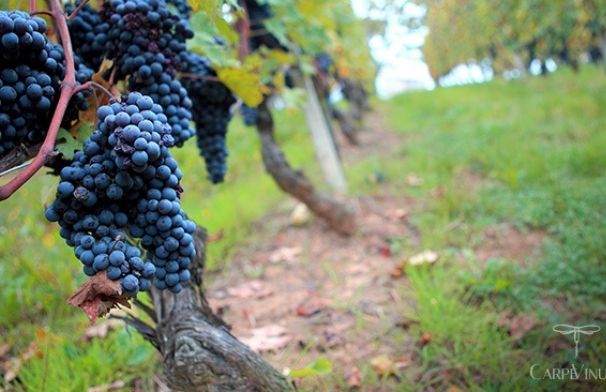
AREAS OF DIFFUSION: Italy (Piedmont, Lombardy)
NEBBIOLO – WINE AND GRAPE CHARACTERISTICS
Nebbiolo is a native black grape variety of Piedmont that gives birth to some of the most iconic Italian red wines with incredible aging potential such as Barolo and Barbaresco. The wines obtained from the Nebbiolo grape are characterized by soft colors and a powerful structure, characterized by an impeccable balance between body, acidity, alcohol and aromas.
Let’s discover together the origins of the Nebbiolo grape, the production areas in Italy and in the world, the organoleptic characteristics of Nebbiolo wine, the perfect gastronomic combinations with Nebbiolo, the iconic bottles and the best quality-price Nebbiolo wines and the ampelographic and agronomic aspects of the vine.
- Origin of the name and history of Nebbiolo
- Production areas in Italy
- Production areas in the world
- Organoleptic characteristics of Nebbiolo wine
- Most famous wines produced with Nebbiolo
- Food pairings with Nebbiolo
- Ampelographic characteristics and agronomic notes of the vine
ORIGINS OF THE NAME AND HISTORY OF NEBBIOLO
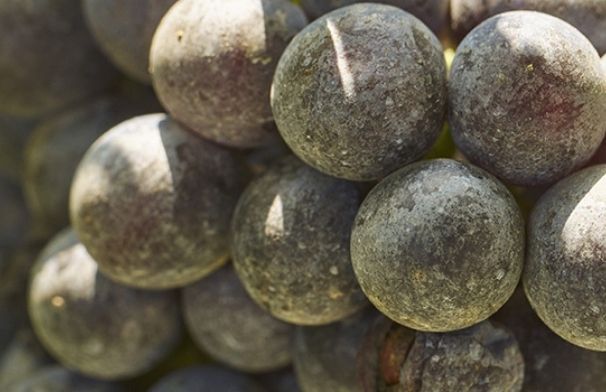
The name ‘Nebbiolo’ derives from the word ‘fog’ and there could be two reasons. The first hypothesis traces the name of Nebbiolo back to the obscured, almost clouded appearance of the grape, covered with abundant bloom. The second hypothesis, more suggestive, is linked to the very late ripening of the grapes: the Nebbiolo grape harvest often takes place in late October, when the vineyards are enveloped in morning mists.
The history of Nebbiolo most likely begins in pre-Roman times, with the first rudimentary cultivation of vines in the Ligurian-Piedmontese area. Already in Roman times, the writer Columella included the Nebbiolo grape in the ‘De de rustica’ (1st century AD), the most complete treatise on agriculture of antiquity.
In the Late Middle Ages, numerous documents testify that nebiolius or nibiol already enjoyed a certain reputation for being a noble and vigorous wine, capable of being preserved for a long time. The international spotlight is focused on Nebbiolo and the Langhe area around 1844 when the French oenologist Louis Oudart, under the impulse of the Count of Cavour and Juliette Colbert, transformed Nebbiolo grapes into what is now considered the ‘king’ of Italian wines: Barolo.
In 1926 the identity of Nebbiolo is strengthened with the creation of the Consortium for the defense of Barolo and Barbaresco wines (produced with 100% Nebbiolo grapes). Today Nebbiolo is known all over the world for giving life to some of the greatest Italian red wines. To learn more, read the section dedicated to the history of Barolo in the article on the best 20 Barolos value for money.
PRODUCTION AREAS IN ITALY
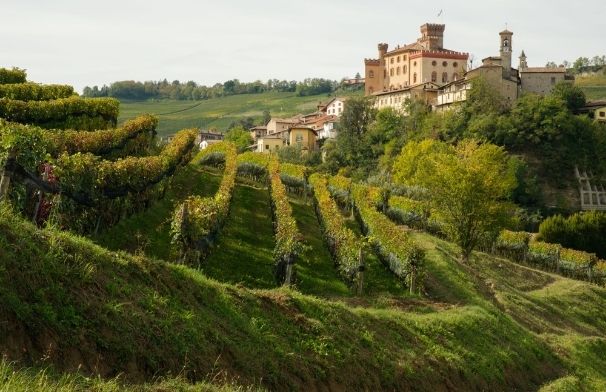
Where is Nebbiolo grown? Nebbiolo is inextricably linked to Piedmont, its homeland. In the heart of the Langhe, particularly in the areas of Barolo and Barbaresco, not far from Alba, from Nebbiolo grapes are produced iconic wines of extraordinary elegance and longevity such as Barolo DOCG, Barbaresco DOCG, but also Nebbiolo d’Alba DOC and the Langhe Nebbiolo DOC. Not far away, in the north-eastern part of Cuneo, on the sandy banks of the Tanaro river, the Roero DOCG is produced, with a minimum of 95% Nebbiolo grapes.
Moving north, Nebbiolo is grown with excellent results even between Novara and Vercelli: here the DOCG Gattinara and Ghemme wines are born, where Nebbiolo is usually used for niche productions blended with Vespolina grapes.
Another prominent region for the production of Nebbiolo wine is Lombardy, in the province of Sondrio. Here Nebbiolo is called Chiavennasca and is used especially for the production of Rosso di Valtellina DOC, Valtellina Superiore DOCG and Sforzato di Valtellina DOCG (called Sfursat), a passito wine of great structure and character.
Nebbiolo is also produced in small quantities in the lower Valle d’Aosta (between Donnas and Montjovet), in Umbria (in the province of Perugia, especially in Marsciano and Gubbio) and in the northern part of Sardinia, in Gallura (Nebbiolo di Luras ).
PRODUCTION AREAS IN THE WORLD
The fascination of Nebbiolo has been around the world and this is how Nebbiolo cuttings were planted in the United States (California and Washington) already in the nineteenth century. Today Nebbiolo is also grown in small quantities in Australia, Mexico and Austria.
ORGANOLEPTIC CHARACTERISTICS OF THE NEBBIOLO WINE
What are the characteristics of Nebbiolo wine? The Nebbiolo grape is very versatile: it can undergo withering for the production of splendid sweet wines such as Sforzato di Valtellina or it can be made sparkling to give life to whimsical classic methods, such as Nebbiolo d’Alba Spumante Rosé.
However, Nebbiolo is known throughout the world as a dry and still red wine, a type that brings out its more complex, seductive and refined side. Let’s find out together what are the organoleptic characteristics of Nebbiolo red wine, from color to aromas and taste.
Nebbiolo has a slightly transparent ruby red color and quickly becomes garnet with aging
COLOR OF THE NEBBIOLO WINE: The color of Nebbiolo wine appears in young wines with a medium intense ruby red color and good transparency and which tends very quickly towards a garnet / brick red.
Transparency is a typical characteristic of the color of Nebbiolo wine as the skin of the berries shows less accumulation of anthocyanins (coloring substances); they are also not very stable and easily undergo oxidation, degradation and precipitation phenomena.
AROMAS OF THE NEBBIOLO WINE: to the nose the Nebbiolo wine is fine and articulated and ranges from floral notes of roses and violets to fruity hints of raspberry, strawberries, cherries in syrup and plums, to echo balsamic tones reminiscent of eucalyptus, resin and gentian, medicinal herbs.
With aging, the bouquet is enriched with complex tertiary notes: toasted hazelnuts, cinchona, truffle, dehydrated figs, fir resin, black licorice, carob, sealing wax and goudron are the most recurrent aromas that we can find in a more advanced Nebbiolo.
TASTE OF THE NEBBIOLO WINE: on the palate the Nebbiolo wine is characterized by powerful, material and enveloping tannins that enter into synergy with a marked acidity well balanced by a robust alcohol content.
These three factors, in addition to giving the wine excellent enjoyment, protect the Nebbiolo wine during aging. Nebbiolo-based wines are in fact among the Italian wines with the greatest aging potential. Discover the article dedicated to the best vintages of Barolo and the best vintages of Barbaresco.
MOST FAMOUS WINES PRODUCED WITH NEBBIOLO
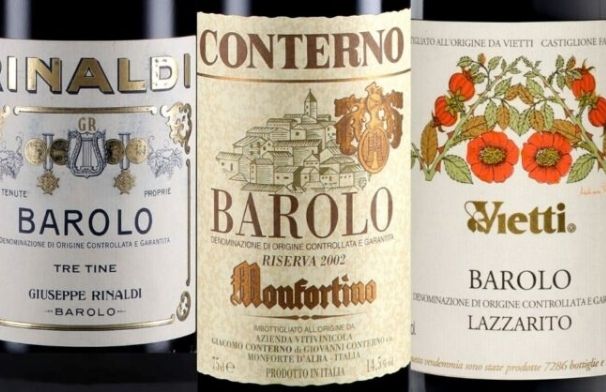
What are the most famous red wines produced with Nebbiolo grapes? Vinified in purity, Nebbiolo gives life to Barolo, today one of the most popular wines internationally thanks to its unique and inimitable charm.
Among the most famous Barolo wines we can mention the wines of Giacomo Conterno, Giuseppe Rinaldi, Bartolo Mascarello, Bruno Giacosa, Borgogno, Vajra, Elio Altare and many others.
To learn more, find out in the article dedicated to the most famous and iconic Barolo wines.
Another great and famous red wine produced with 100% Nebbiolo grapes is Barbaresco, considered the brother of Barolo. The most famous is the Barbaresco Crichet Pajè di Roagna, which takes third place in the ranking of the most expensive Italian wines. Also very famous are Gaja’s Barbaresco Sorì San Lorenzo and Bruno Giacosa’s Barbaresco Asili.
FOOD PAIRINGS WITH NEBBIOLO
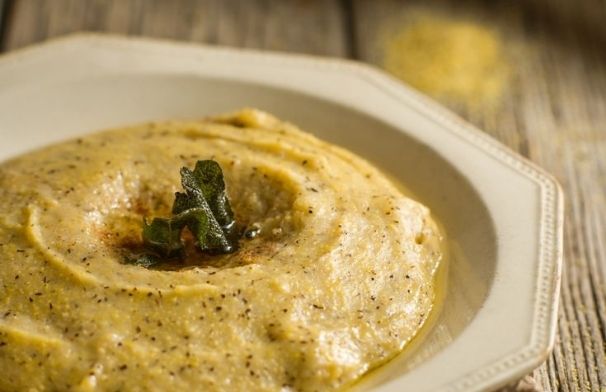
How to combine food and Nebbiolo? The powerful tannins make Nebbiolo a wine of great charm, but also one of the least simple for food pairing. Nebbiolo, especially in younger wines, in fact boasts a vigorous tannic texture which, if not tamed, could create astringent sensations.
The food to be combined with Nebbiolo wine must therefore have a good structure and be accompanied by a moist component, given by various types of sauces that can lubricate the palate and counterbalance the hardness of the grape.
Nebbiolo food-wine pairings are many and varied but we recommend that you try pairings with typical local dishes.
Among the appetizers to combine with Nebbiolo you can range from cold cuts to aged cheeses and Piedmontese tome.
In its fresher and less tannic versions, Nebbiolo is excellent in combination with first courses such as tajarin with Alba truffle, stuffed pasta such as ravioli or agnolotti al plin or polenta taragna.
When Nebbiolo acquires greater structure, it finds its ideal combination with meat-based main courses. We recommend that you try the combination with a Fassona fillet, but also with braised, boiled meats, stewed beef, game
Read the article on how to combine Barolo, the rules to follow and the recommended combinations.
AMPELOGRAPHIC CHARACTERISTICS OF THE NEBBIOLO VINE
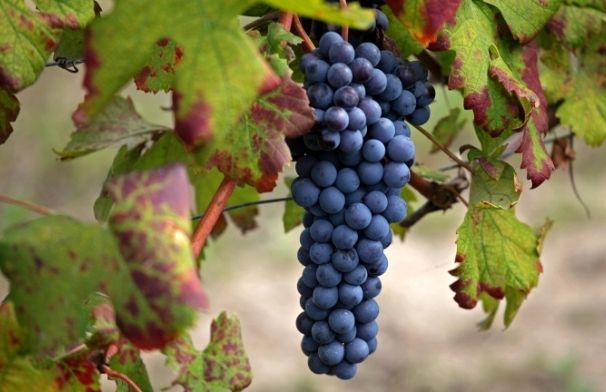
What are the ampelographic characteristics of Nebbiolo? Nebbiolo is a vine that has a great phenotypic variability, and that is why it takes on different names and synonyms according to the different areas in which it is grown. Let’s see together the general ampelographic characteristics of the leaf, bunch and grape.
FEATURES OF THE LEAF: the leaf of the Nebbiolo vine is of medium size, orbicular or pentagonal in shape and generally trilobate. The petiole sinus is open V-shaped and the upper page is hairless, of an opaque bottle green color and with light green veins. The teeth are irregular and sharp.
CHARACTERISTICS OF THE BUNCH: Nebbiolo has a medium-large, medium-compact, pyramidal-shaped cluster with a generally very elongated wing.
CHARACTERISTICS OF THE BUCKET: Nebbiolo grapes are round or ellipsoidal, of medium size, with a thin and very pruinose skin of a dark purplish color. The pulp is juicy and colorless, moderately astringent, and has two or three pear-shaped pips.
AGRONOMIC NOTES OF THE NEBBIOLO VINE
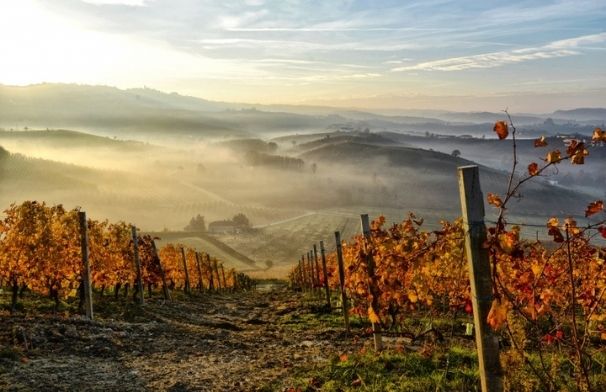
Nebbiolo is a particular grape variety, compared by many to Pinot Noir for its susceptibility to the soil and climate: despite its good vigor, production is often erratic.
In fact, all its phenological phases coincide with periods that are still very cold, as well as the ripening which is very slow and can last until November. The ‘vine of the fog’ does not therefore like – even more than the other varieties – the valley floors and soils with little sunshine. It finds its perfect habitat in hilly terrain well exposed to sunlight, rich in limestone and marl sediments.
Discover also the articles dedicated to the characteristics of Merlot, Sangiovese, Pinot Nero, Syrah, Cabernet Franc and Cabernet Sauvignon.





